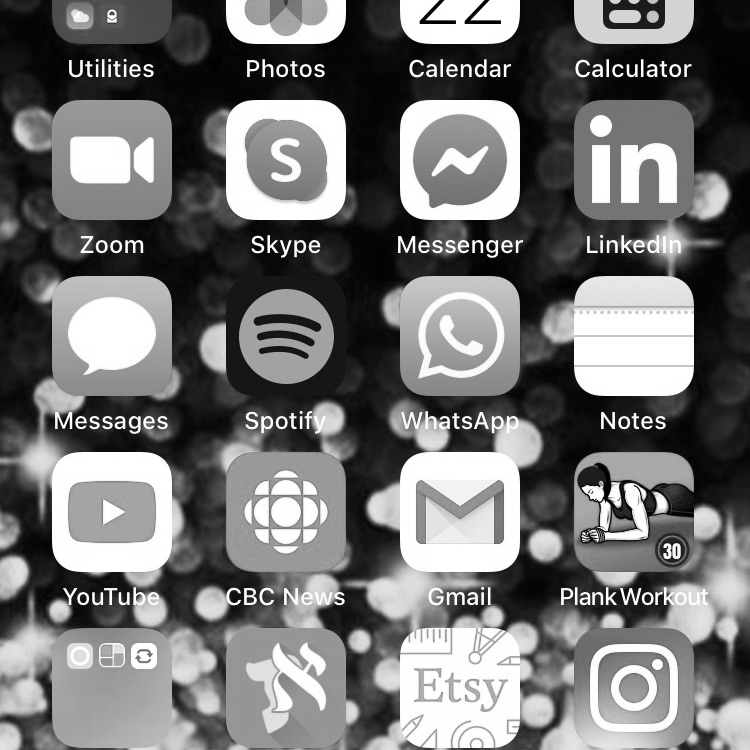(Reformatted from original version in September 2020.)
City living in 2020, with or without stay-at-home restrictions, means we traverse our lives with tiny phone screens, flashes of colour and digital content. The ideals of simpler times, and how we got here rarely pass through our thoughts… although the past few months gave us some of that nostalgia. Perhaps it is a start towards a reminder of digital mindfulness we all could use.
Looking Back
Consider for a moment, the development of the colour television. First in America with RCA in 1954, and later due to trepidation in strategic planning, the BBC brought Wimbledon Tennis to full-colour screens for its first broadcast in 1967. Colour brought the viewer into a place of ease and understanding as stories unfolded in front of their eyes. With less guesswork required to decipher details, watching quickly shifted from effort to enjoyment.
Our digital culture now excels in delivering media at a rate faster than we can comprehend it. Each new phone employs a newer crisper colourful screen. These overwhelm our minds as the world quickly becomes smaller.
Side Effects
With these benefits are side effects: We face short attention spans, dependence on technology, mindless time spent scrolling, and arguably, too much ease in disconnecting with real people. Still, we reach easily for phones in our purses and back pockets. We crave what has been missed while the gadget was temporarily hidden away.

What else can you do?
It isn’t until this love-hate relationship confronts us, that we look for solutions to withdraw from it. Spending a day each week “unplugged” is a common grounding technique, but there is more that can be done to set boundaries with technology.
- Keep a media diary. It’s best to know where you’re starting from, and that may be enough to slow your usage! (Some gadgets will do it for you with their own internal screen-time tracking.)
- Give digital time a schedule in your life. Only check your email at certain times daily, watch TV while you exercise only, or put your phone to bed early.
- Let your laziness work for you. Keep your phone far enough away from you that it takes work to reach for it.
- Wear a wristwatch! Is the first reason you look at your phone for the time? Be mindful of its inviting nature. Do you have a tendency to open it to scroll, read, watch and waste time, despite other priorities?
- Turn your phone into a black and white television. Activate the greyscale setting (as seen above.) Notice how quickly you are disenchanted with a colourless media experience. It’s easy to change it back when you need an in-colour moment.
Self-care doesn’t have to be complicated and introspective. It can be as easy as striving for simplicity! I mean, you could also just take a bath! If that’s your definition of calm connection, we’ve got you covered there too!
Reference: UK Science and Media Museum: The Beginning of the End of Black and White Television, Iain Baird, 6 January 2014.



